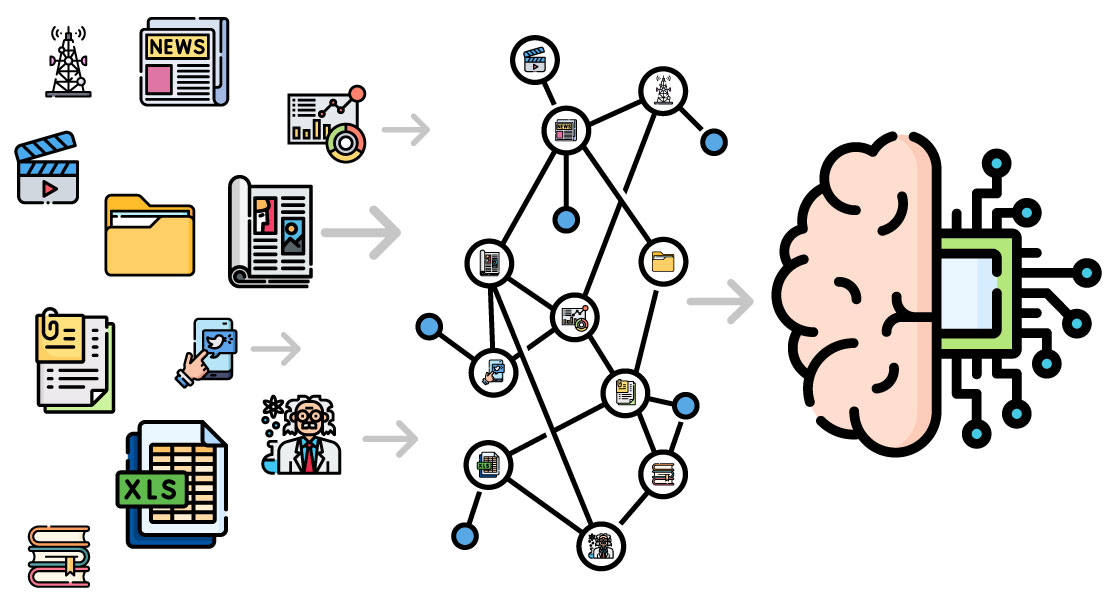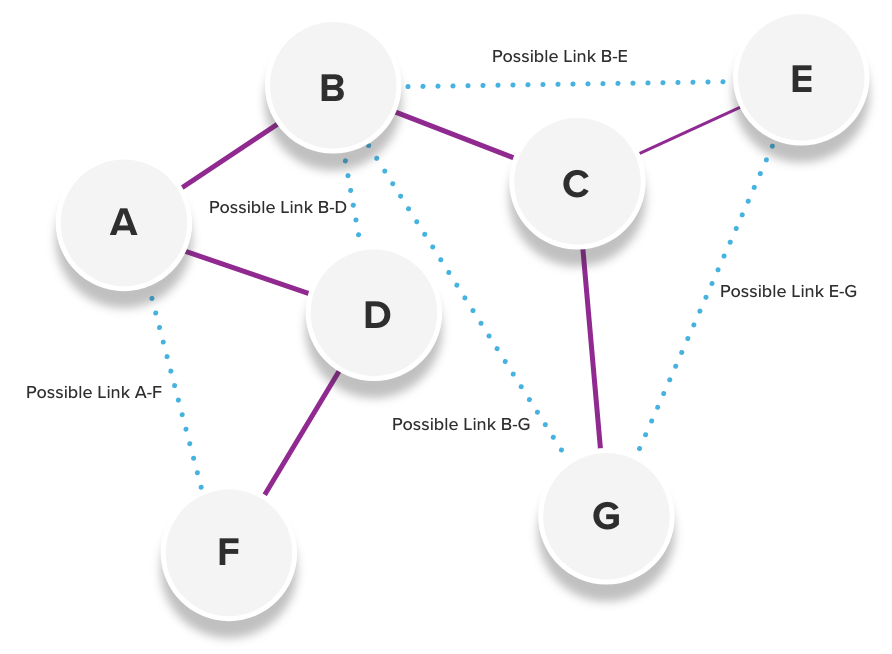Exploring the Limits of Graph Technology - Insights from a Chief Scientist
· 3 min read
As the Chief Scientist at GraphAware, I have the privilege of working at the forefront of two exciting and rapidly evolving fields: graph technology and machine learning. These technologies have seen remarkable progress in recent years, and I am excited to share with you some of the latest developments and breakthroughs that are transforming the way we think about data and its potential.

In recent years, knowledge graphs have become increasingly popular, and customers are no longer in the early stages of discovering their potential. They have witnessed firsthand the benefits of utilising graph technology and machine learning and are now looking for more advanced services that can help them unlock new insights and opportunities. Machine learning has become an essential tool for delivering these services, with customers seeking features such as personalised recommendations, classification and link prediction. One of the most exciting and challenging applications of graph technology and machine learning is in drug repurposing, where customers in the life sciences industry are using graphs to predict new connections between drugs and diseases, paving the way for innovative treatments and therapies.
Drug repurposing is a rapidly growing area of interest, aimed at discovering new uses for already approved drugs. It’s a particularly attractive option for pharmaceutical companies, given the rising incidence of drug-resistant diseases and the escalating costs of drug development. Knowledge graphs provide an exciting opportunity to analyse and visualise complex data relationships between drugs, diseases, and treatments, offering potential new uses for existing drugs. By leveraging the power of machine learning algorithms, these graphs can help identify previously unknown connections between drugs and diseases, providing an innovative solution to complex problems in the pharmaceutical industry.
The link prediction problem in drug repurposing involves creating a graph with existing drugs on one side and existing treatments and diseases on the other. The goal is to find new connections between drugs and diseases that have not been explored before. Machine learning can be used to identify patterns in the graph and to predict new links between drugs and diseases. By applying machine learning to the graph, this process becomes a powerful recommendation feature of the knowledge graph.

But there are several challenges in using machine learning for link prediction in knowledge graphs. The first challenge is to create a high-quality graph with accurate and up-to-date data. The second challenge is to design machine learning algorithms that can effectively identify patterns in the graph and make accurate predictions. The third challenge is to evaluate the performance of these algorithms and to ensure that they are providing valuable insights to the customer.
Despite these challenges, there have been significant advancements in using machine learning for link prediction in knowledge graphs. Several algorithms have been proposed that can effectively identify patterns in the graph and make accurate predictions. These algorithms can be customised to meet the specific needs of the customer, and they can be evaluated using various metrics to ensure that they are providing valuable insights. Moreover, machine learning techniques have found applications in various other domains, such as revealing hidden connections among people, classifying individuals based on their behaviour or social interactions, and much more. These advancements have further expanded the potential of machine learning in uncovering meaningful relationships and driving decision-making processes in a wide range of fields, particularly in law enforcement.
The possibilities for graph technology and machine learning are limitless. As a data scientist, I’m thrilled to be a part of this revolution and to help our customers leverage these technologies to drive innovation and discovery. I look forward to seeing what the future holds for graph technology and machine learning, and I’m excited to continue exploring these areas to create new and innovative solutions for our customers.
In conclusion, if you’re not already using knowledge graphs and machine learning, it’s time to start. These technologies are changing the game and enabling our customers to discover new connections and possibilities that were previously impossible. With these tools, we can drive innovation and find new solutions to old problems. So, what are you waiting for? Let’s dive into the world of graph technology and machine learning and see what we can create together!